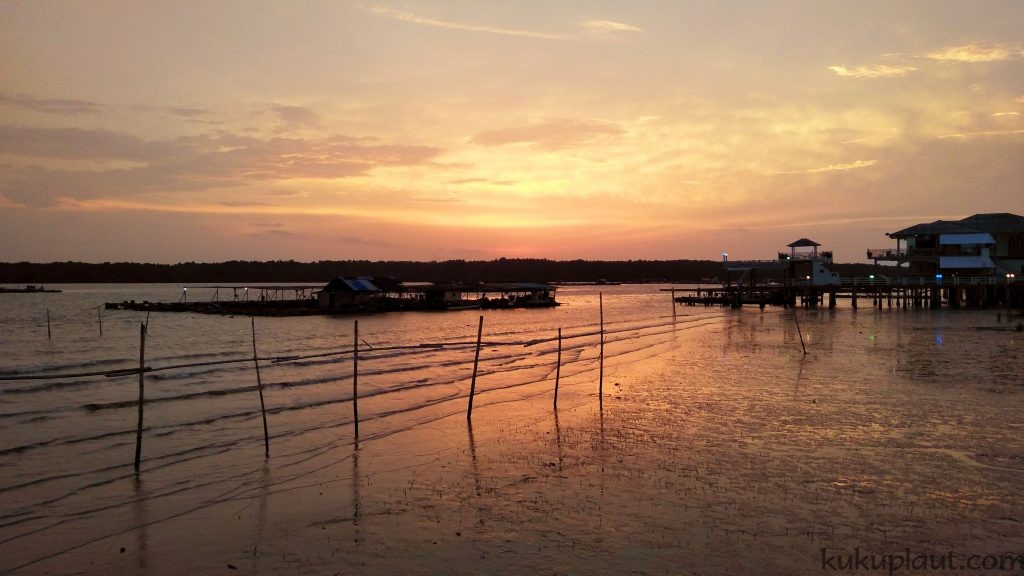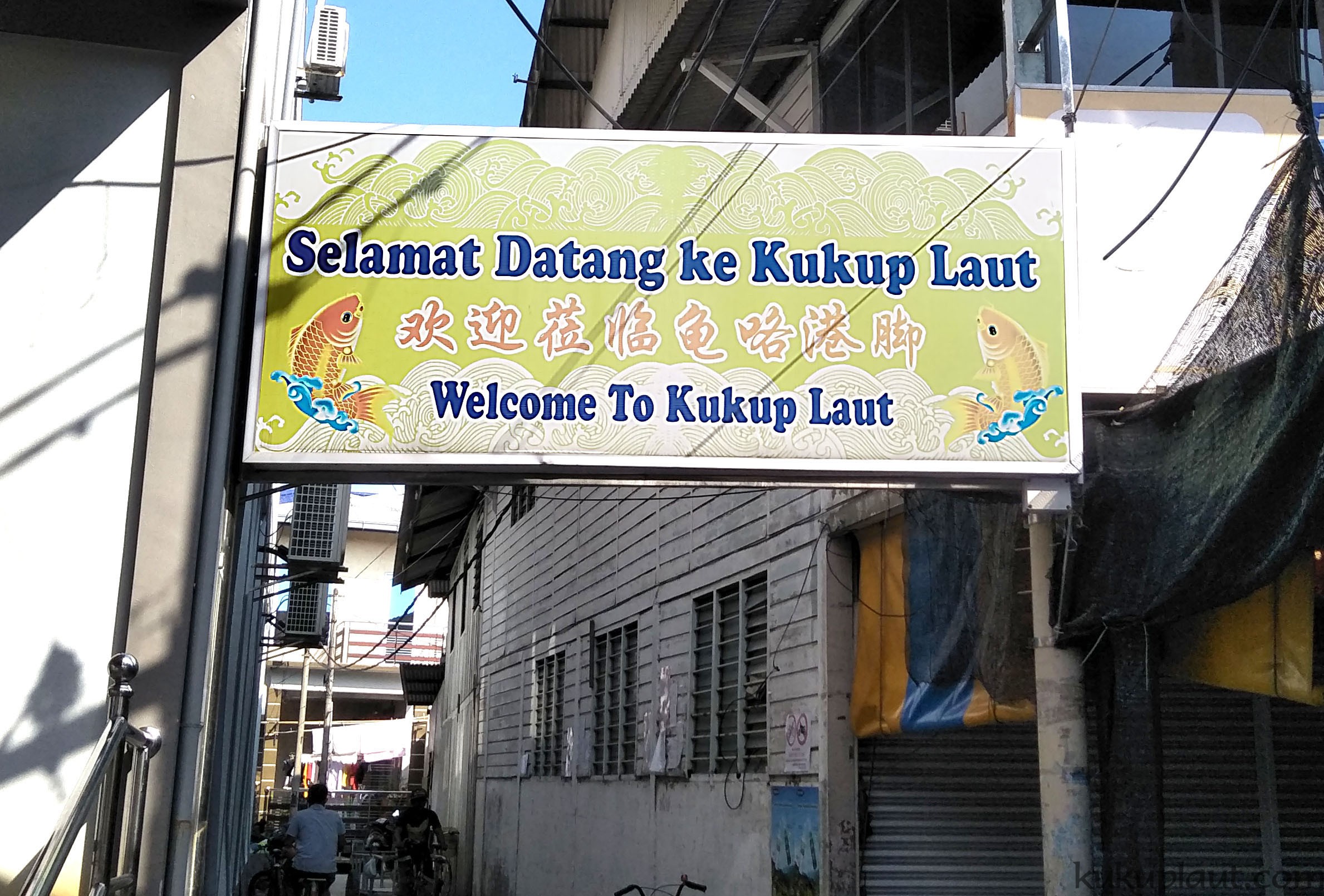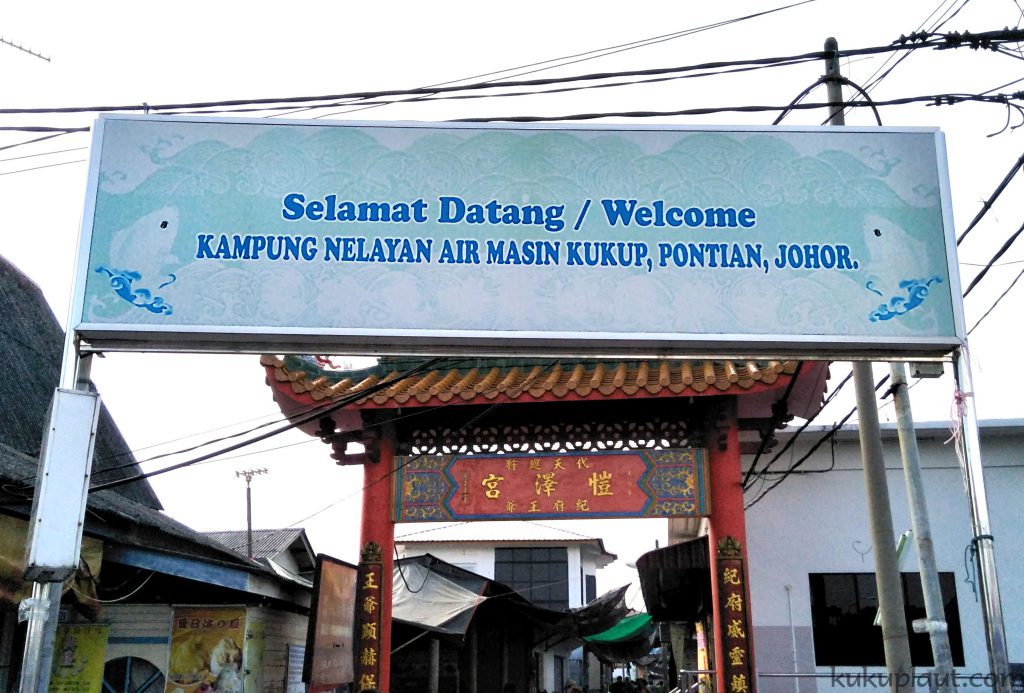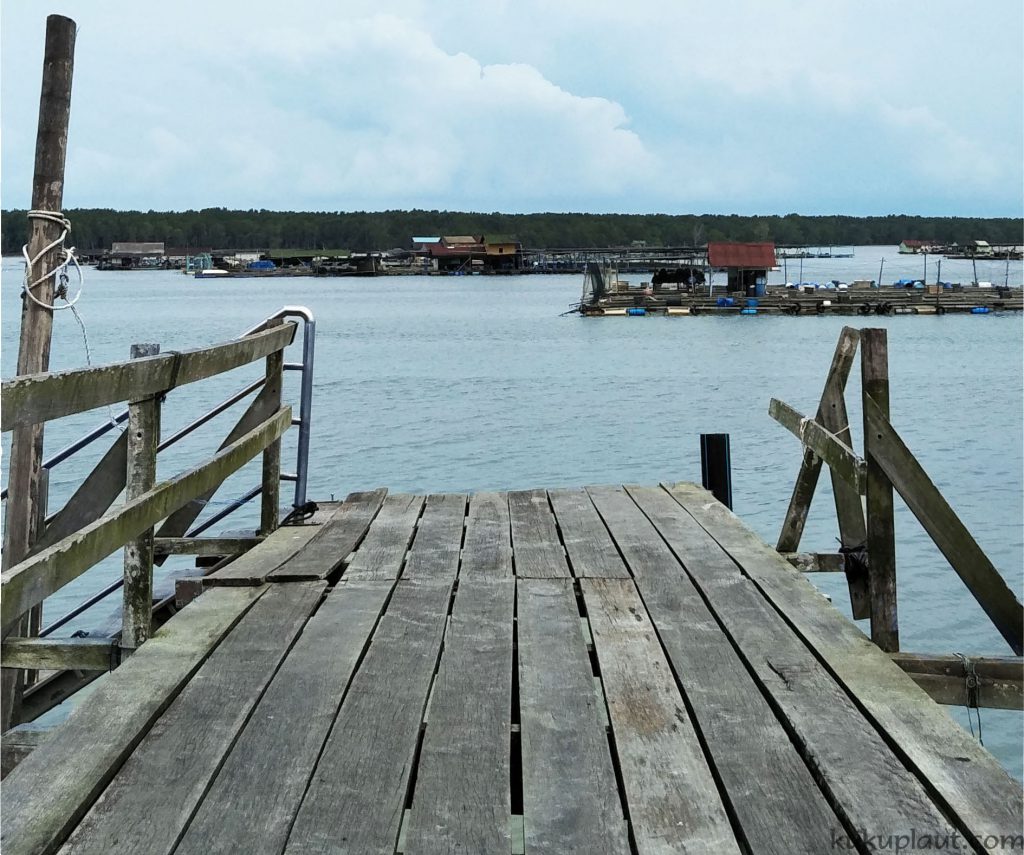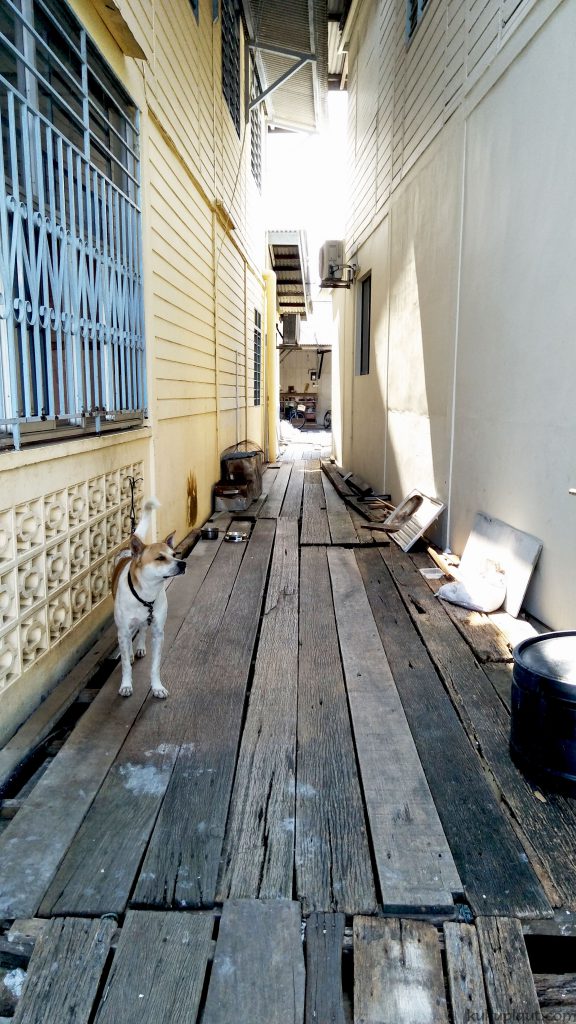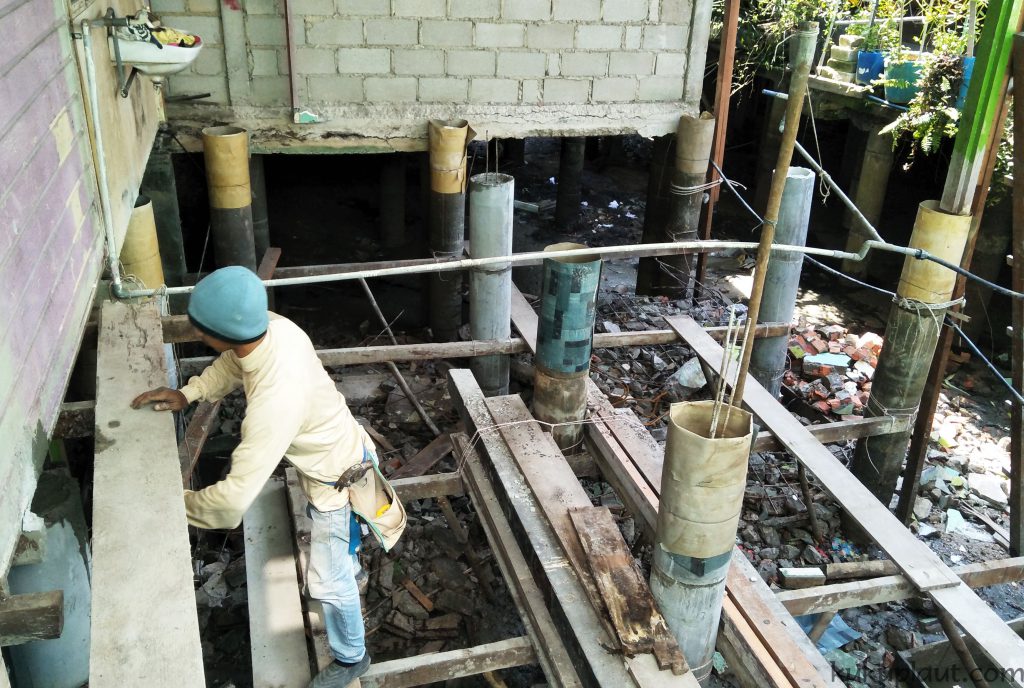“Kukup” is a Malay word, which translates to crab’s claw. After the arrival of the Hokkien fishermen, it is pronounced in Hokkien as the Chinese word “龟咯”.
According to official records, in the year 1878, a man by the name of Syed Muhamad bin Ahmad Alsagoff came from Singapore to develop the eastern wasteland of Kukup. At the time Kukup was written as Kukub, and Kukup Laut is known as Tanjung Kukub while Air Masin was known as Kangkar Ayer Masin [1].
According to the history passed down through the generations, the original village leader of Air Masin was a man named Kua Xian Qian. On the other hand, the village leader of Kukup Laut was a man by the name of Chew Hock Ann, the second son of Chew Boon Lay, a famous man from Singapore. A major road in Singapore (Boon Lay) was named after Chew Boon Lay [2].
In the 1930s, most of the villagers in Kukup Laut were farmers who raise pigs in their houses. Air Masin was located in the middle of the ocean and was not linked to the mainland. Villagers from Air Masin had to travel to Kukup Laut by Sampan, a traditional small rowboat for their daily necessities. Life was hard back then, as there was no drinking water and electricity. People had to rely on drinking rainwater and using lanterns at night.
As the time passed, the entire village was linked by wooden bridges built on stilts and the villagers were able to use these bridges to get around the village. In 1997, the villages had the power supply from the mainland and with the convenience of the bridges, construction of infrastructures was greatly accelerated. The village committee which was led by Datuk William Tan Soo Puan, handles all the developmental works within Kukup. Under Datuk Tan’s leadership, who was the village chief at the time, the wooden bridges were upgraded to sturdier cement pathways.
In order for the next generation to have a better living environment, the temples and schools in the village were rebuilt. And with approval from the government, the villagers worked together to lay robust cement foundations and rebuilt the wooden houses into comfortable modern houses.


